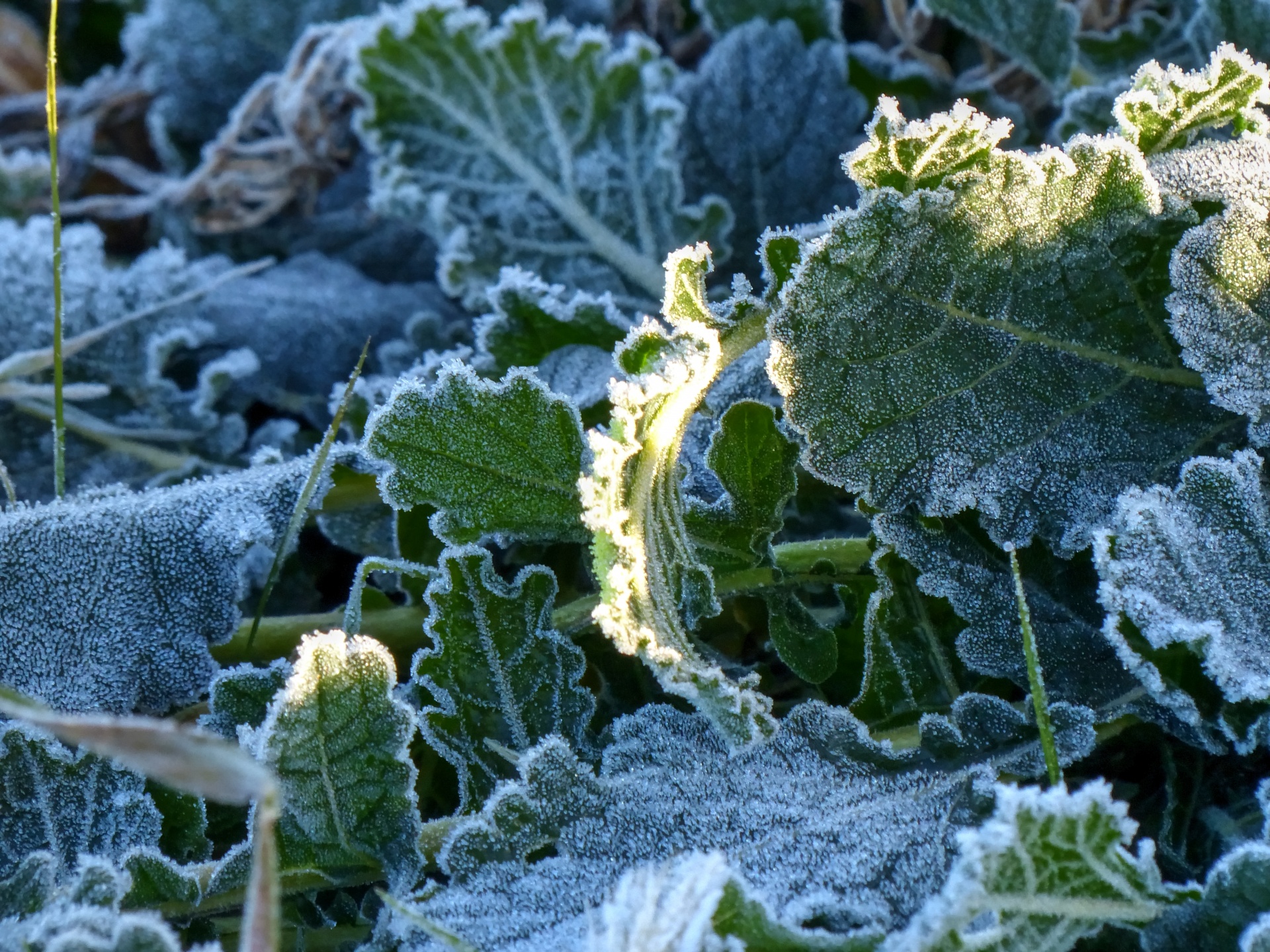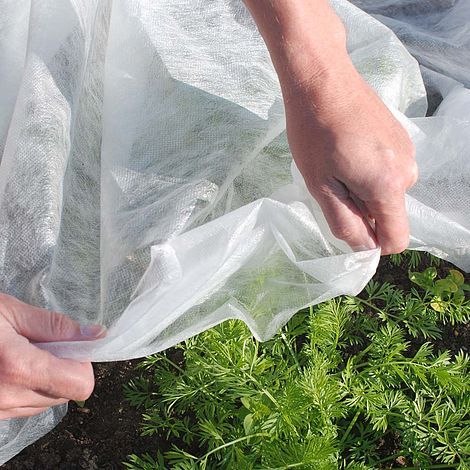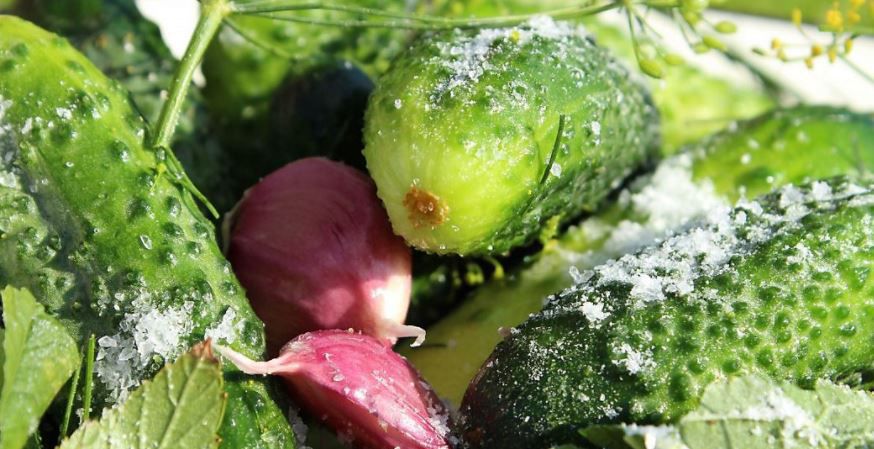Cooler temperatures and more moisture make the fall season perfect for enjoying the fall harvest. Beans, cucumbers, tomatoes, sweet corn, and potatoes can be enjoyed in abundance this time of year.
But when frost occurs, especially earlier in the season, crops can be damaged or even destroyed if not properly taken care of.
What You Need To Know
- Frost damage is a common occurrence, especially in the beginning and end of the growing season
- Cloud cover, wind, and moisture are contributing factors to frost development
- Hardy and semi-hardy vegetables have different thresholds for surviving cold temperatures
- In a pinch, covering plants or even packing soil with straw can help minimize damage
In short, frost occurs when the surface of something cools below the dew point. When the temperatures dip below 32 degrees, ice crystals form on the surface of plants, leaves, flowers and vegetables.
Many times on-air, we talk about the "perfect recipe" for the formation of frost: a clear, cool night in the late summer or autumn, with rapidly-falling temperatures.
It's important as a grower or even a novice planter to know when conditions are favorable for a frost, specifically, a killing-frost. While temperatures in a city or urban area may stay a bit above freezing, suburbs oftentimes will be a few degrees colder under certain conditions.
Cloud cover: A cloudy forecast overnight? Great news! Clouds act like a blanket, trapping more of the heat produced during the daytime hours closer to the ground. Sometimes, just a partly cloudy sky can help save plants from temperatures that would have otherwise dipped into frost territory.
Moisture: When moisture condenses out of humid air, it can release enough heat to save plants and vegetables. When the air is dry, the moisture in the soil will evaporate, which requires heat. Not having to use that heat could save delicate crops.
Wind: A very light or calm wind can cause colder air to settle to the ground, with nowhere to go. Even a light breeze can help move slightly warmer parcels of air around enough to keep the temperatures near the ground a bit warmer.
Frost damage occurs when ice forms inside the tissue of plants, injuring the cells inside. This happens within the protoplasm of the cells, called intracellular freezing.
Plants may be injured to a less extent when the ice forms within the plant, but outside the tissue (extracellular freezing). Whether a plant survives frost damage directly depends on how rapid the temperature cools, as well as the sturdiness of the plant itself.
So what does a frost-damaged plant look like?
In tender flowers like lilies, signs of damage include blackened petals and collapsed stems.
Heartier plants like shrubs may be ok after a mild frost, but prolonged exposure to even just a few days of 32 degree temperatures too early or late in the season will cause visible spotting on leaves. These year-round plants usually florush after thawing out, however.
Unfortunately for farmers, it's the vegetables and crops that bear the brunt of the worst.
Growers usually categorize vegetables into two groups: hardy and semi-hardy.
Semi-hardy vegetables can survive repeated light frosts in the 30–32 degree range. Celery, beets, cauliflower, sweet potatoes, parsnips, spinach, and swiss chard are a few examples.
Interestingly enough a few of these root vegetables, like parsnips, may actually benefit from a light frost, which can bring out their flavor once harvested.

Hardy vegetables are those that can survive temperatures as low as 20 degrees before they succumb to the cold. These vegetables include broccoli, turnips, kale, carrots, and cabbage. Once they thaw, they often continue to grow unaffected between frosts and freezes.
Taking a few steps to prevent frost damage can substantially help minimize damage if a sudden burst of colder air occurs.
With delicate plants and flowers, try to grow them in a warm, sunny spot and closer to the foundation of a home. A south-facing wall may help provide even just a bit more warmth during the cooler seasons.
Mulching is another great way to not only protect plants, but also add a degree of aesthetics to your garden. Adding a layer or two can provide the extra warmth needed to withstand a frost or even a freeze.

In a pinch, packing the surrounding soil and mulch with straw or even covering plants with horticultural fleece can help too.
Always check the forecast and remember that Mother Nature doesn't always abide by what the calendar says!



